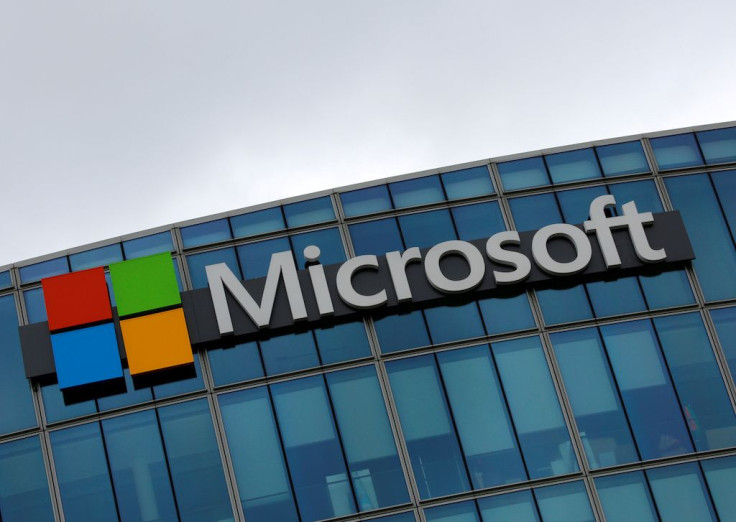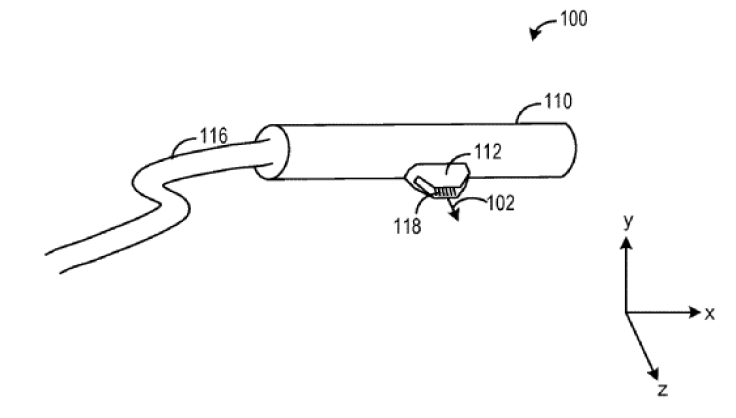Microsoft Patent Shows A New Magnetic USB-C Connector For Future Surface Devices

A patent filed by Microsoft was spotted yesterday, and it is hinting at a magnetic USB Type-C (male) connector. It is said that this could be Microsoft’s solution in replacing its current Surface connector for future USB-C ready Surface devices.
The patent was in part created by the director of Surface designer Jan Raken, and it was first shared online by MSPowerUser. The patent shows a new type of USB-C connector which appears to combine the benefits of the original Surface connector and the new USB-C standard.
The new connector will actually be smaller and thinner than the current Surface connector, but will still have magnets inside in order to make it easier to attach and detach. If a person accidentally trips on the cable, the magnetic connector would simply detach and won’t pull the user’s device off the table.
READ: Microsoft's Surface Laptop Prototype Featured 2 USB-C Ports

Although this kind of USB-C connector seems like a fantastic solution, it still has some major disadvantages. Microsoft’s patent says that the connector would only be able to support USB 2.0 speeds, which is only up to 60MBps. This could render the USB-C port a bit useless since most Type-C connectors are using USB 3.0 (5gbps) and USB 3.1 (10gbps) speeds. Even if the new magnetic USB-C connector lacks the speed, it should also still be capable of delivering power to Surface devices. This seems like it's intended for charging a device's batteries anyway.
The reason why this new USB-C connector is slow is simply because of how Microsoft managed to make it small and slim. The new connector doesn’t include the six external electrical contacts that a normal USB-C connector has. Microsoft’s proposed connector also lacks the springs of the regular USB-C male connector that have been replaced by a set of magnets instead.
Although the male connector’s speed is limited to the USB 2.0 standard, the same can’t be said about the female side. Microsoft’s future Surface tablet and or laptop could still have a fully functional USB-C port that is compliant to the USB 3.0 or USB 3.1 standard. This means that users should be able to continue using standard USB-C dongles, devices and cables, as pointed out by Neowin.
READ: Microsoft Focusing Its VR Efforts For PC, Not The Xbox One Consoles Yet
Earlier this year, Microsoft unveiled the Surface Laptop, the company’s high-end Windows 10 S laptop for students and educators, as well as a 2017 refresh of the Surface Pro. Some people were a bit disappointed that both devices lacked USB-C ports. Earlier prototypes of the Surface Laptop were even seen with the USB-C ports. This shows that Microsoft was already interested in it but not enough for it to actually end up on any of its new products.
Microsoft Surface chief Panos Panay did explain to the The Verge back in May that they wanted to approach the implementation of USB-C to Surfaces devices carefully. “The last thing I want is to take away the port they need today and tomorrow and the next day, to achieve a technology milestone where I then put a barrier in front of my customers,” Panay said at the time.
© Copyright IBTimes 2024. All rights reserved.











